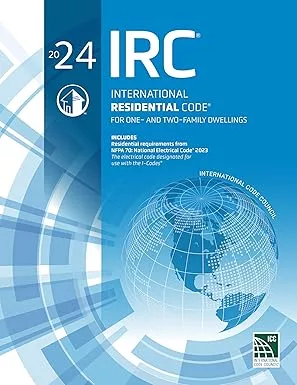ICC Makes Code Changes At Final Action Hearing
At its Final Action Hearings in Minneapolis, the
International Code Council and its members debated and voted on code change
proposals that will shape the future of building safety and fire prevention.
At its Final Action Hearings in Minneapolis, the International Code Council and its members debated and voted on code change proposals that will shape the future of building safety and fire prevention. The hundreds of approved code changes will be included in the 2009 version of the International Codes.
Among the major changes approved:
Fire sprinklers are required in all new one- and
two-family residences beginning Jan. 1, 2011.
Fire
sprinklers are required in all new townhomes.
Carbon
monoxide detectors are required in homes with attached garages or fuel-fired
equipment such as gas furnaces, gas stoves and gas water heaters.
A
new standard, ANSI/APSP-7-06, brings the I-Codes in line with the Virginia Graeme
Baker Federal Pool and Spa Safety Act of 2007. It addresses suction entrapment
avoidance in swimming pools, wading pools, spas, hot tubs and catch basins.
For
skyscrapers, buildings greater than 420 feet in height, an additional stairwell
is required to assist firefighter access to upper floors. The additional
stairwell is not required if the building includes special elevators that can
be used to evacuate occupants during an
emergency.
Members did not
approve the comprehensive energy package in EC-14 purporting a 30 percent
increase in energy efficiency. However several energy efficiency-related
changes were approved, including:
At its Final Action Hearings in Minneapolis, the International Code Council and its members debated and voted on code change proposals that will shape the future of building safety and fire prevention. The hundreds of approved code changes will be included in the 2009 version of the International Codes.
Among the major changes approved:
- A requirement to install programmable thermostats in new homes and buildings with forced air furnaces.
- High-efficiency light bulbs required in at least 50 percent of permanent lighting fixtures in new homes.
- Maximum fenestration u-factors are lowered in warmer climates to reduce the amount of heat loss or gain through windows and doors to lower energy costs during cooling periods.
- An increase in insulation R-values for walls, floors and basements in cold climates to achieve heating and cooling savings.
Looking for a reprint of this article?
From high-res PDFs to custom plaques, order your copy today!







